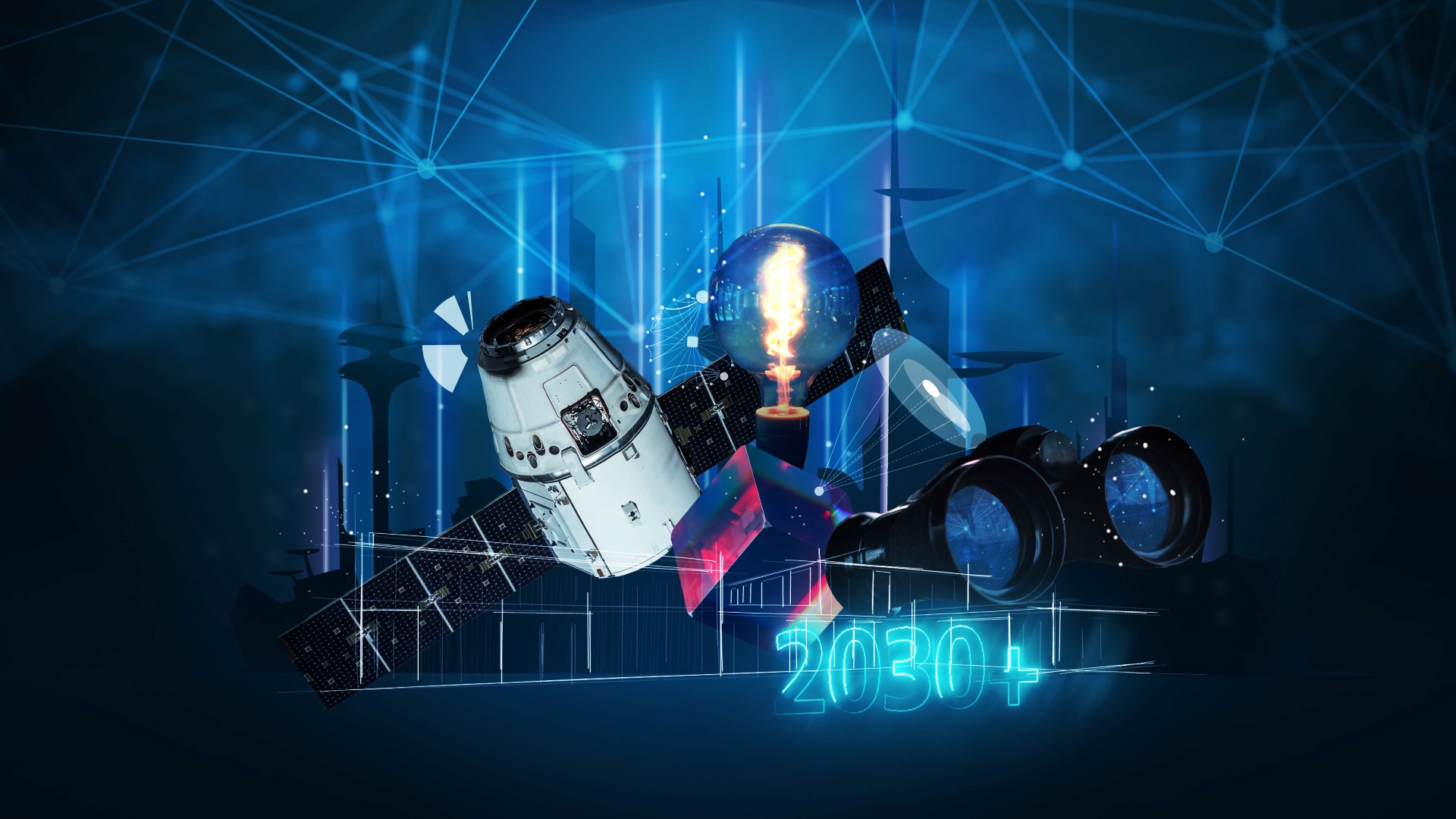The institute‘s internal view tells us: we are still in the midst of the immediate effects of the disaster.
Dear readers,
"The year after" – loosely based on the title of a well-known doomsday movie, it turns out that even in the year after, the Euskirchen flood disaster of July 2021 is the dominant topic in the institute‘s everyday life.
A large part of the institute‘s infrastructure is still destroyed, only partially deconstructed, and far from usable in any way. Containers still serve as temporary laboratories; however, they have proven to be unsuitable as experimental environments for high-precision measurements over the course of the year. And a large proportion of employees still rely on home offices, as numerous office workstations are unusable. The institute‘s internal view tells us: we are still in the midst of the immediate effects of the disaster.
However, if you believe the official view of the authorities, the crisis is over. In the spring, it was therefore decided to end the relaxation of the award procedure for construction services and to return to the time-consuming and labor-intensive standard procedures – with the result that even the simplest processes, such as the installation of a workshop floor, have still not been commissioned, let alone processed, a year and a half after the flood.
In his satire "Parkinson‘s Law", historian Northcote Parkinson describes how administrations grow and, through continually introducing new sets of rules, generate work dedicated exclusively to overcoming the internal friction of the expanding organization – a self-reinforcing process. As a result, the ratio of results to effort continuously deteriorates and approaches zero – an effect that can currrently be observed in many places. The disease even has a name: Parkinson calls it "Injelitance", an affliction that befalls almost every large organization over time, and which knows only one cure: a complete eradication of the tangled regulations, daring to adopt a new approach, and rebuilding from scratch. If one aims to achieve the "Germany speed" conjured up by Chancellor Scholz, this approach is probably without alternative.
We also started with a new approach in the middle of the year. Understanding the significant duration required for estimating large construction projects and drawing from last year‘s experience with the limitations of container operations, the necessity arose to identify an interim solution that would genuinely enhance working conditions in a sustainable manner. Laboratories must be situated within permanent buildings that are temperature-stable and in close proximity to the experimental halls. This means that only the existing buildings in the Appelsgarten property can be considered. A logical consequence is the rededication of library and office space in the new buildings, which have suffered relatively little damage, and their immediate conversion. The need for office workstations is to be met by renting appropriate space at Euskirchen.
Even though my introduction above may have sounded a bit critical and negative: this approach has fallen on open ears with all our partners and we are experiencing great support from all sides. Despite numerous formal hurdles, everyone is working on the rapid implementation of the concept, and the hope is that in 2023 we will not only be able to secure financing for the interim solution and make a decision regarding the lease of office space, but that we will also be able to take major steps in raising the necessary funds for the major construction projects.
Was ebenfalls nicht unerwähnt bleiben darf: Ende 2022 ist das vom Vorstand der Fraunhofer-Gesellschaft geförderte Zukunftsprojekt des Fraunhofer INT gestartet (siehe S. xx), das mit einem Umfang von drei Millionen Euro über drei Jahre die Möglichkeit eröffnet, neue Kompetenzen für das Institut zu erarbeiten und damit neue Märkte für unsere Forschungsdienstleistungen zu erschließen.
Something else that should not go unmentioned: at the end of 2022, Fraunhofer INT‘s future project, funded by the Executive Board of the Fraunhofer-Gesellschaft, will be launched. With a budget of three million euros over three years, this project will open up the possibility of developing new competencies for the institute and thus opening up new markets for our research services.
All in all, there is every reason to look back on the past year with a sense of reconciliation and to start the coming year with optimism, despite injelitance and some disappointing delays in reconstruction.
This annual report provides you with an overview of the numerous forward-looking research results that Fraunhofer INT has produced against all odds over the past year.
I hope you enjoy reading; stay curious and join us in looking to an exciting future for Fraunhofer INT.
Your
Prof. Dr. Dr. Michael Lauster
 Fraunhofer Institute for Technological Trend Analysis INT
Fraunhofer Institute for Technological Trend Analysis INT